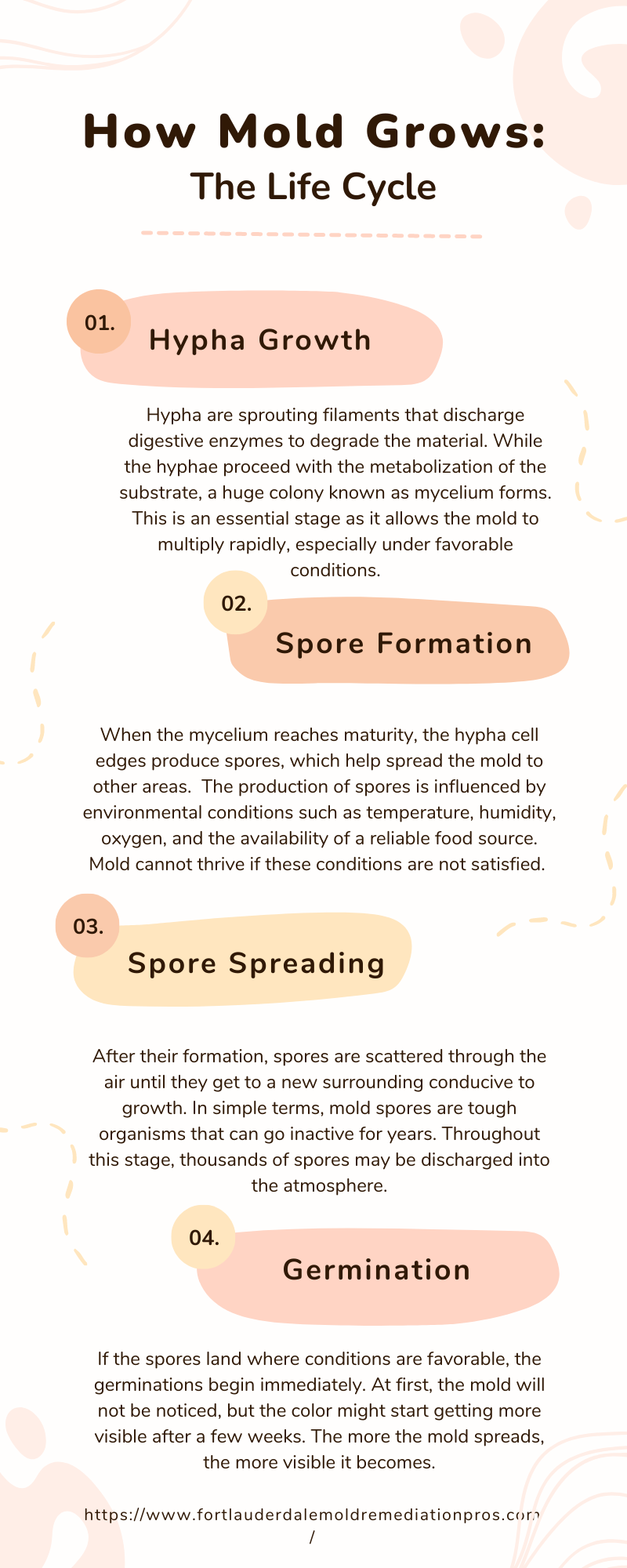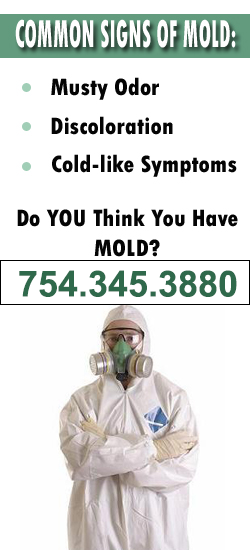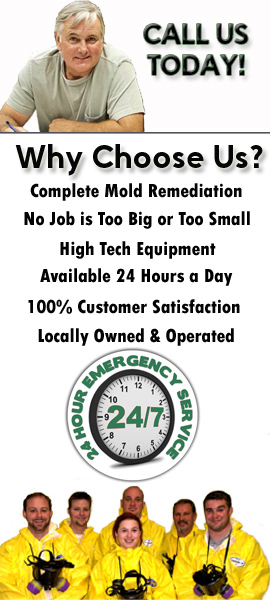Do Mold Spores Ever Die-Off Naturally?
Mold spores can be found everywhere and frequently grow in environments conducive to their survival. They are initially undetectable by the naked eye, but they replicate quickly and become noticeable in huge numbers when exposed to humid conditions. Mold is dangerous if not dealt with as fast because it can trigger respiratory issues and sinus infections. The fungi, as commonly assumed, can dry out and die with time if it does not get suitable conditions to thrive in. Mold needs not only needs moisture to grow but also warmth, a food source, and oxygen. Nonetheless, to determine whether or not mold spores die off, it is important to understand its life cycle.
How Mold Grows: The Life Cycle
According to scientific evidence, molds do not have a lifespan and hence cannot die off, unlike other living things such as plants. Mold, instead, has two distinct life cycles categorized as viable and non-viable. Mold spores are constantly present and extremely airborne. Even after cleaning the visible mold from your home, the spores will get dormant for survival till the suitable conditions for its growth are restored. Several mold spores can lay inactive for centuries; it all comes down to the mold species.
-
Hypha Growth
Hypha are sprouting filaments that discharge digestive enzymes to degrade the material. While the hyphae proceed with the metabolization of the substrate, a huge colony known as mycelium forms. This is an essential stage as it allows the mold to multiply rapidly, especially under favorable conditions.
-
Spore Formation
When the mycelium reaches maturity, the hypha cell edges produce spores, which help spread the mold to other areas. The production of spores is influenced by environmental conditions such as temperature, humidity, oxygen, and the availability of a reliable food source. Mold cannot thrive if these conditions are not satisfied.
-
Spore Spreading
After their formation, spores are scattered through the air until they get to a new surrounding conducive to growth. In simple terms, mold spores are tough organisms that can go inactive for years. Throughout this stage, thousands of spores may be discharged into the atmosphere.
-
Germination
If the spores land where conditions are favorable, the germinations begin immediately. At first, the mold will not be noticed, but the color might start getting more visible after a few weeks. The more the mold spreads, the more visible it becomes.
Viable and Non-Viable Mold Spores
Since Because mold spores are always present, they are classified into viable and non-viable instead of dead or alive. To understand this, you need to picture a mold spore as a seed. Seeds grow to become plants, and for this to happen, there must be oxygen, water, soil, and enough sunlight. Similarly, a spore will develop in the presence of sufficient nutrients, weather conditions, oxygen, and humidity. Such spores are categorized as viable.
Mold spores are rendered non-viable or inactive if the mold “dries out.” While the spores will not cause further spread of mold, the fungi can trigger allergies and reactions even in the inactive state. Some common symptoms of exposure to viable or non-viable mold spores include throat irritation or infections, frequent asthma attacks, itchy eyes, skin irritation, blocked nose, and watery eyes.





